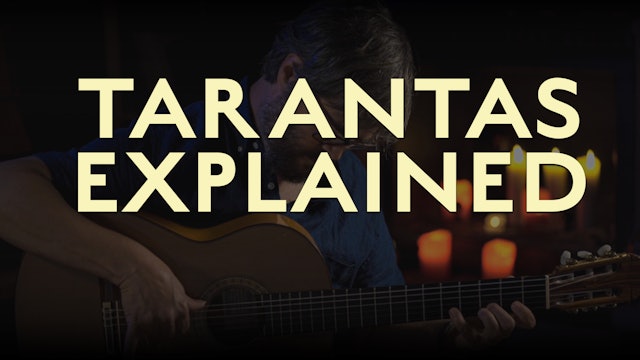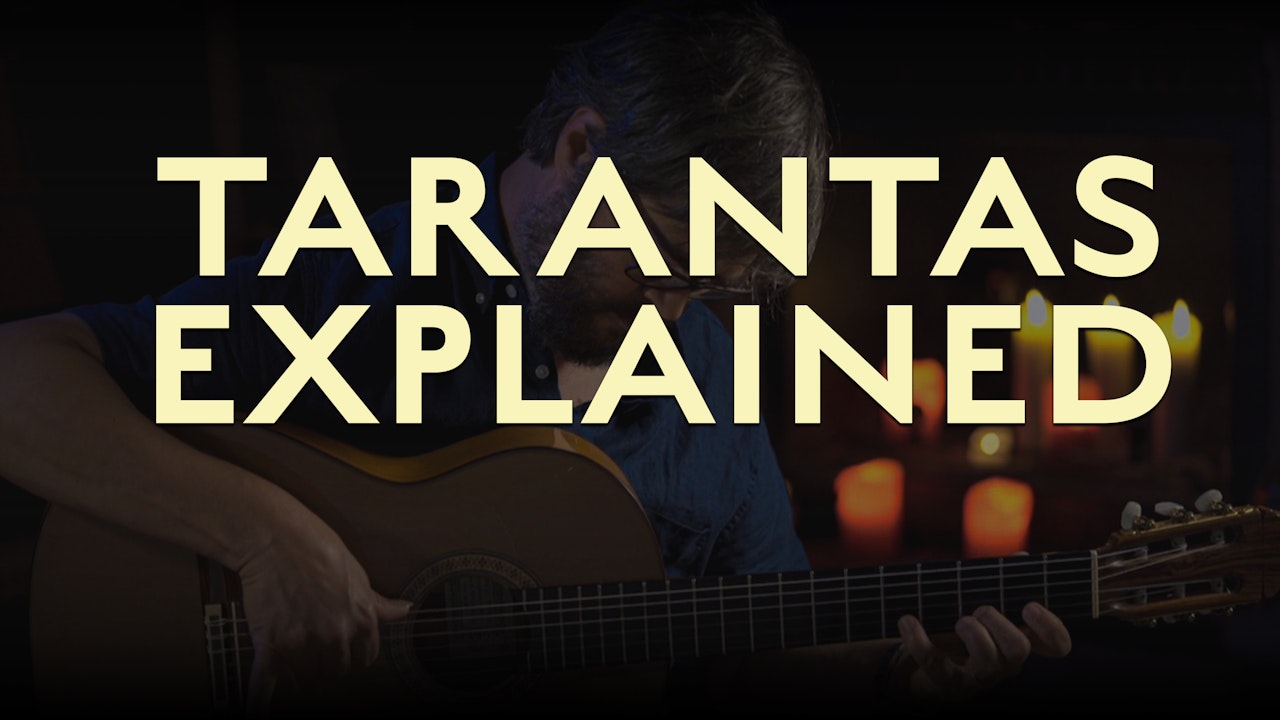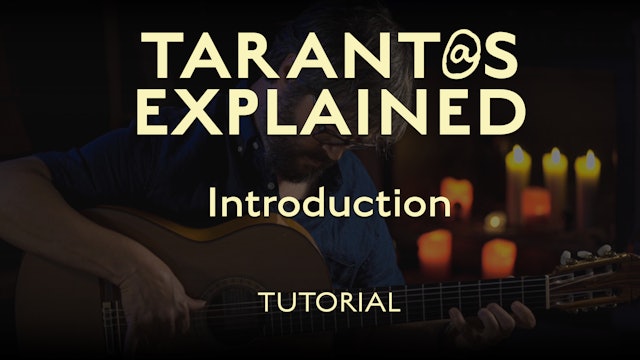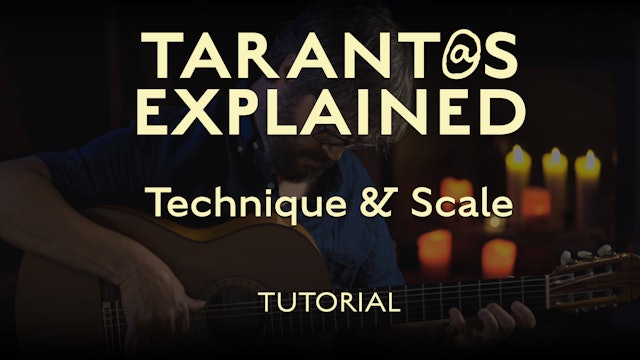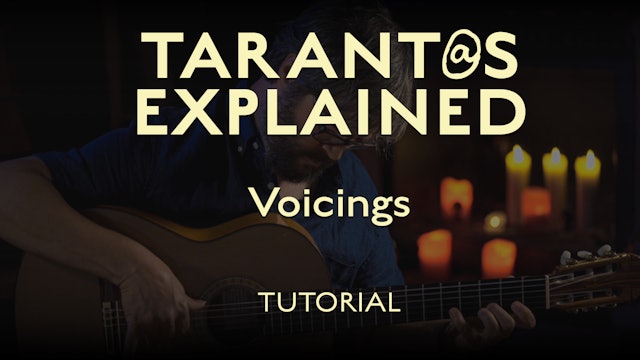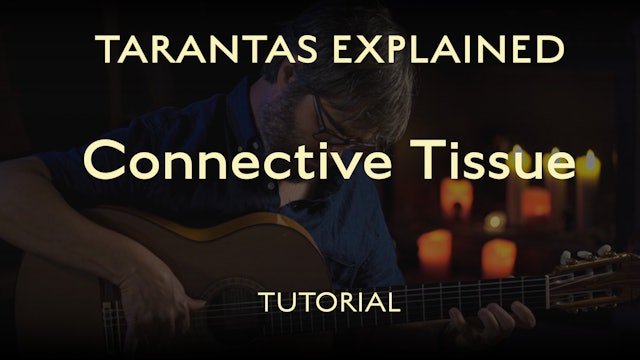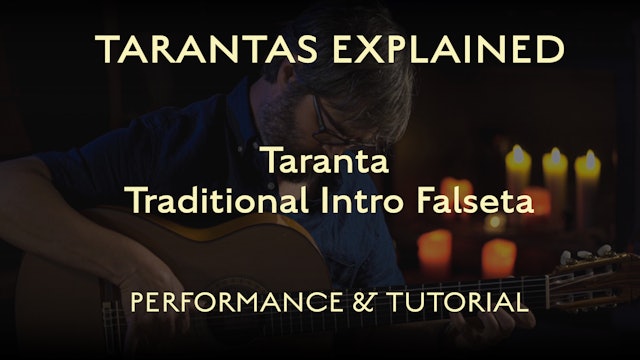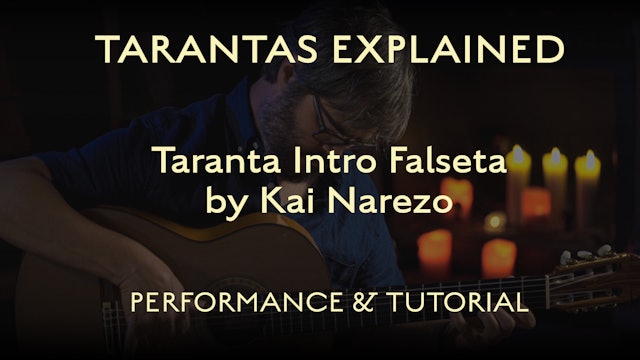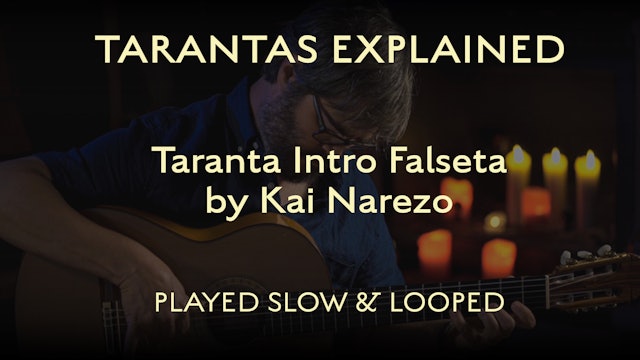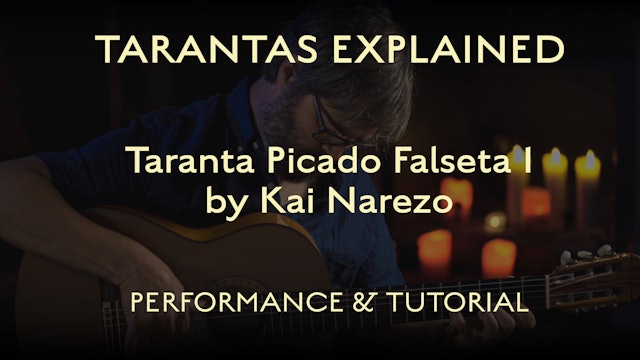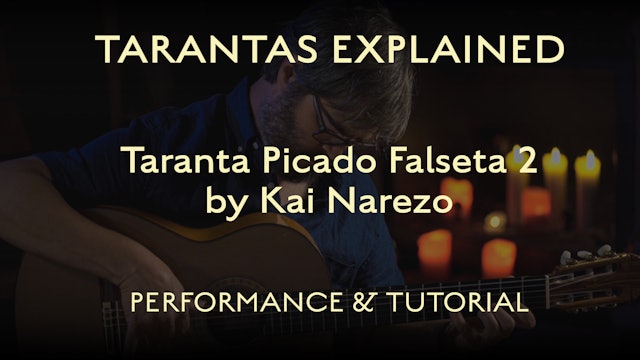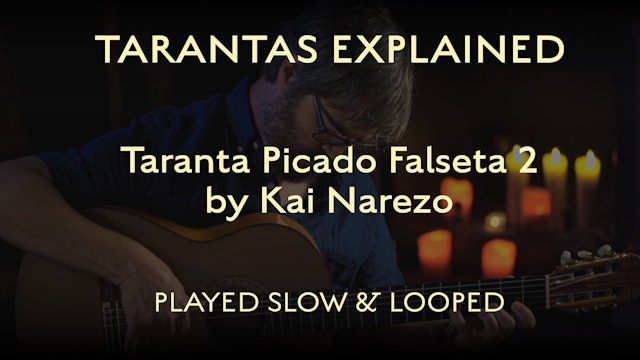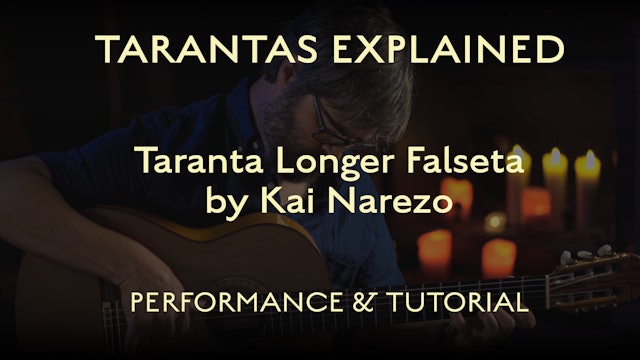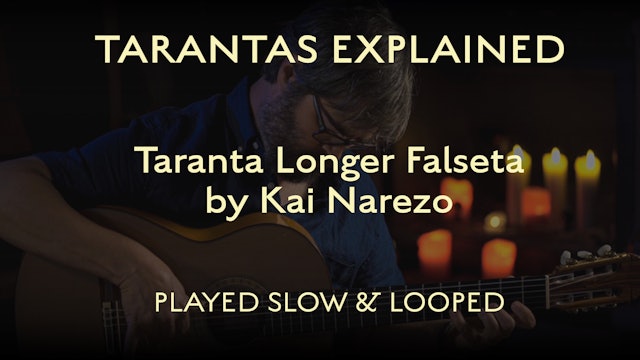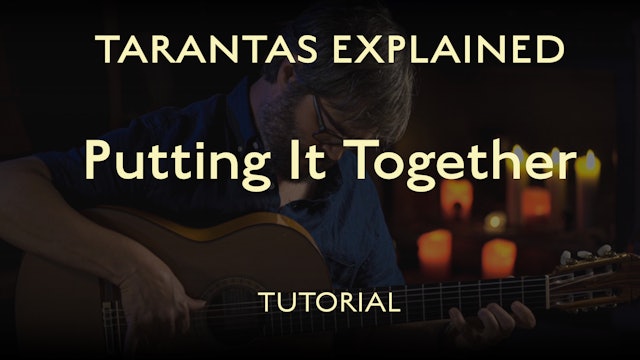Tarantas Explained
15 Episodes
Tarantas Explained is an advanced level course that explores and explains Tarantas, one of the Libre Palos. Tarantas has one of the most distinctive sounds of any Palo in flamenco. In this course we look at getting around in the ‘key’ of F# Phrygian, and we look at how to flow from falseta to falseta in a Palo that doesn’t have compás as its underlying structure (which will help you understand how to navigate any of the Libre Palos). And of course we look at some challenging falsetas that feature quite a bit of arpeggio, picado and thumb technique. Course material can be found here: https://flamencoexplained.com/tabs-and-notation/
-
Tarant@s Explained - Introduction - TUTORIAL
Episode 1
In this video we talk about what Taranta and Taranto are, what’s the difference, and what a Palo Libre is all about.
-
Tarant@s Explained - Technique & Scale - TUTORIAL
Episode 2
We look at two techniques you’ll want to become familiar with before diving in to Tarantos or Tarantos and we also take a quick look at two ways to play the F# Phrygian scale.
-
Tarant@s Explained - Voicings - TUTORIAL
Episode 3
In this video we look at some of the important chord voicings commonly used in for Taranta and Tarantos to give it that distinctive sound.
-
Tarantas Explained - Connective Tissue - TUTORIAL
Episode 4
In this video we look at many of the most important figures used to connect falsetas Por Tarantas. As we don’t have compás to guide us, we have to learn a new way to connect our material. Here we explore the many little melodic bits traditionally used to do this.
-
Tarantas Explained - Traditional Intro Falseta - Performance & Tutorial
Episode 5
A simple but very effective intro for Tarantas that features a lot of the “connective tissue” ideas at the end, this one is also taken from Paco’s ‘Tarantos Populares,’ but is played as Taranta and not in strict Tarantos time.
-
Tarantas Explained - Traditional Intro Falseta - Played Slow & Looped
Episode 6
A simple but very effective intro for Tarantas that features a lot of the “connective tissue” ideas at the end, this one is also taken from Paco’s ‘Tarantos Populares,’ but is played as Taranta and not in strict Tarantos time. This is played slow and looped several times.
-
Tarantas Explained - Intro Falseta by Kai Narezo - Performance & Tutorial
Episode 7
One of my falsetas that I use as an intro, this one features some advanced arpeggio patterns and a bit of alzapua and thumb at the end. It’s really two falsetas joined together, but since I almost always play them as one I thought I’d present them that way here.
-
Tarantas Explained - Intro Falseta by Kai Narezo - Played Slow & Looped
Episode 8
One of my falsetas that I use as an intro, this one features some advanced arpeggio patterns and a bit of alzapua and thumb at the end. It’s really two falsetas joined together, but since I almost always play them as one I thought I’d present them that way here. This is played slow and looped sev...
-
Tarantas Explained - Picado Falseta 1 by Kai Narezo - Performance & Tutorial
Episode 9
A fun picado falseta of mine that ends with some tricky coordination between the two hands that sound quite powerful when you get the hang of it.
-
Tarantas Explained - Picado Falseta 1 by Kai Narezo - Played Slow & Looped
Episode 10
A fun picado falseta of mine that ends with some tricky coordination between the two hands that sound quite powerful when you get the hang of it. This is played slow and looped several times.
-
Tarantas Explained - Picado Falseta 2 by Kai Narezo - Performance & Tutorial
Episode 11
A picado falseta of mine that features some long runs at the beginning and a bit of thumb towards the end.
-
Tarantas Explained - Kai Narezo Picado Falseta 2 - Played Slow & Looped
Episode 12
A picado falseta by Kai Narezo that features some long runs at the beginning and a bit of thumb towards the end. This is played slow and looped several times.
-
Tarantas Explained - Longer Falseta by Kai Narezo - Performance & Tutorial
Episode 13
A longer and somewhat more lyrical Falseta of mine that features a couple of left-hand stretches and little bit of a bunch of other techniques.
-
Tarantas Explained - Longer Falseta by Kai Narezo - Played Slow & Looped
Episode 14
A longer and somewhat more lyrical Falseta of mine that features a couple of left-hand stretches and little bit of a bunch of other techniques. This is played slow and looped several times.
-
Tarantas Explained - Putting it Together - TUTORIAL
Episode 15
We wrap up the course by looking at how to put together a Tarantas guitar solo using all of your new material and adding in any other material you learn along the way.

